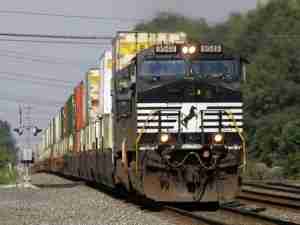FTR’s Shippers Conditions Index for January dropped about a point from December to a 3.7 reading. While the reading in January was still positive, the measure has dropped each of the last three months and in January was the lowest since October 2018. Freight volume was the largest positive contributor in January with capacity utilization and logistics showing weaker contributions during the month.
FTR sees the outlook for the SCI uncertain due to COVID-19 impact on supply chain and financial markets. Negative news continues to roll out. FTR is closely watching the situation to adjust forecasts as appropriate.
Todd Tranausky, vice president of rail and intermodal at FTR, commented, “The rapidly changing dynamics of the coronavirus’ effects on supply chain chains make shipper conditions highly volatile. A significant weakening of the underlying economy will challenge shipper volumes over the next few months even as capacity becomes more abundant.”
The March issue of FTR’s Shippers Update, published March 6 details the factors affecting the January Shippers Conditions Index. Also included in March is commentary discussing how the coronavirus outbreak might affect U.S.-China trade and other aspects of trucking.
The Shippers Conditions Index tracks the changes representing four major conditions in the U.S. full-load freight market. These conditions are: freight demand, freight rates, fleet capacity, and fuel price. The individual metrics are combined into a single index that tracks the market conditions that influence the shippers’ freight transport environment. A positive score represents good, optimistic conditions. A negative score represents bad, pessimistic conditions. The index tells you the industry’s health at a glance. In life, running a fever is an indication of a health problem. It may not tell you exactly what’s wrong, but it alerts you to look deeper. Similarly, a reading well below zero on the FTR Trucking Conditions Index warns you of a problem...and readings high above zero spell opportunity. Readings near zero are consistent with a neutral operating environment. Double digit readings (both up or down) are warning signs for significant operating changes.







